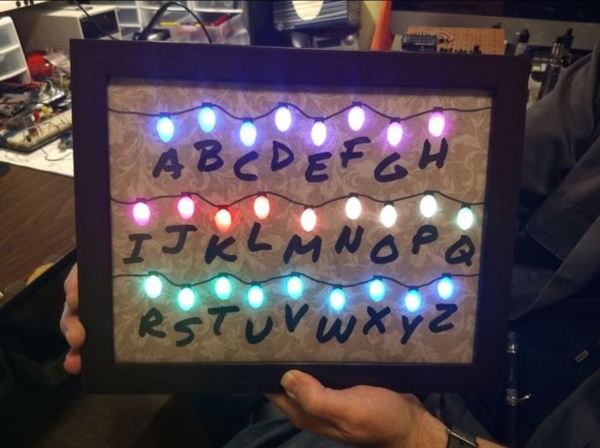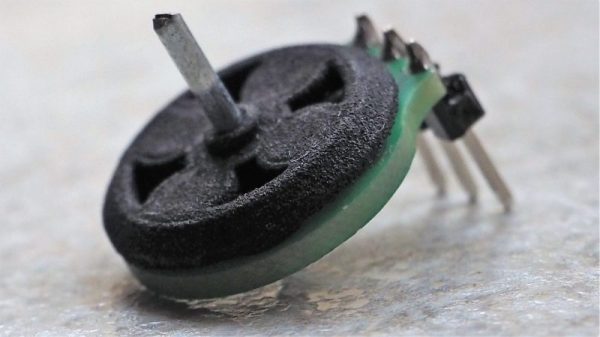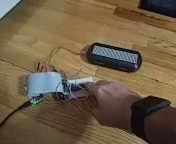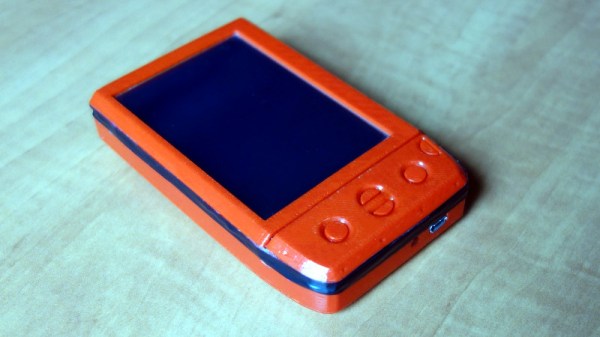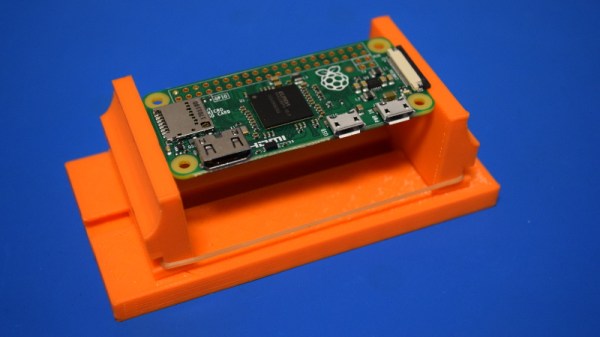[rudolph] was at a loss on what to get his niece for Christmas. It turns out she’s a huge fan of Stranger Things, so the answer was obvious: make her an alphabet wall she can control!
Downsizing the scale to fit inside a document frame, [rudolph] calls their gift rudLights, and a key parameter of this build was to make it able to display any phrases sent from their niece’s Amazon Fire tablet instead of constantly displaying hard-coded phrases. To do so, it has a HC-05 Bluetooth module to forward the commands to the NeoPixel LEDs running on a 5V DC power supply.
[rudolph] enlisted the help of their son to draw up the alphabet display — printed straight onto thematically decorative wallpaper — and cut out holes in the light bulbs for the LEDs. Next up was cut some fibre board as a firm backing to mount the electronics inside the frame and drill holes for the NeoPixels. It was a small odyssey to cut and solder all the wires to the LEDs, but once done, [rudolph] divided their rudLight alphabet into three rows and added capacitors to receive power directly.

